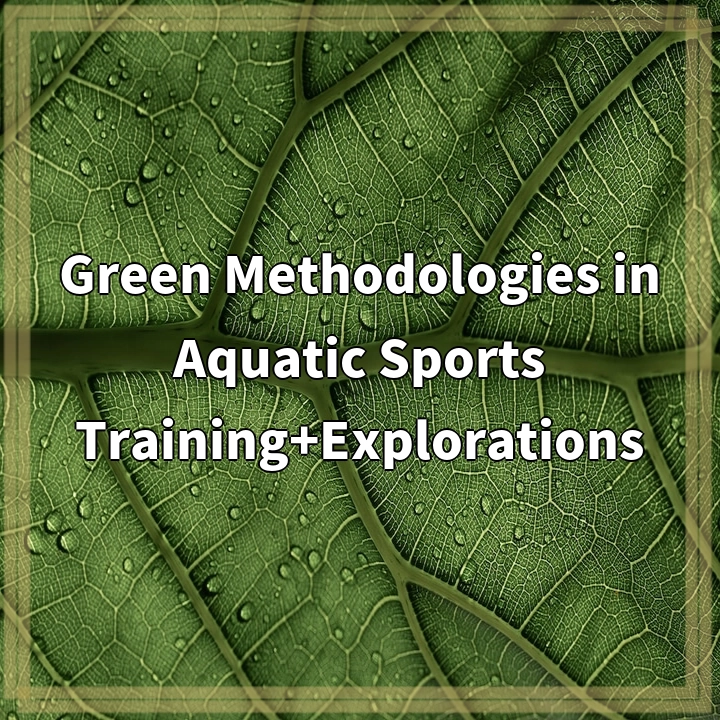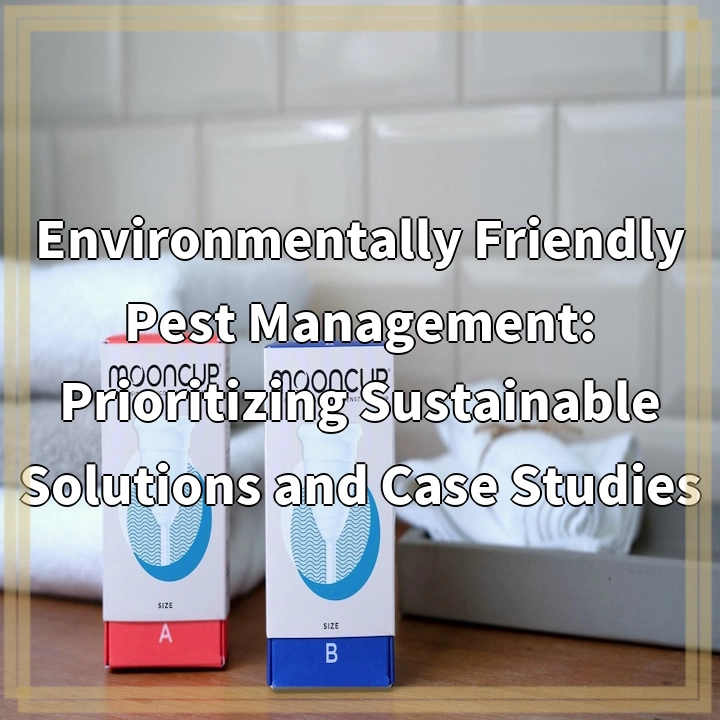
What it is:
Aquatic sports training refers to the process of preparing athletes for competitions in water-based sports such as swimming, diving, synchronized swimming, water polo, and more. Green methodologies in aquatic sports training encompass practices and approaches that prioritize environmental sustainability and minimize the negative impact on the natural ecosystem.
Real-World Problems:
Despite the numerous benefits of aquatic sports training, there are several real-world problems associated with it from an environmental perspective. These problems include:
Water Pollution:
The use of various training aids and equipment in aquatic sports can result in water pollution. Chemicals from cleaning agents, disinfectants, and even personal care products used by athletes can contaminate the water. Additionally, the runoff from training facilities can carry pollutants into nearby bodies of water, further endangering aquatic ecosystems.
Energy Consumption:
Aquatic sports facilities, especially those equipped with heated pools, consume enormous amounts of energy for temperature control, lighting, and water filtration systems. This leads to a significant carbon footprint, contributing to climate change and environmental degradation.
Water Waste:
The regular draining and refilling of swimming pools for maintenance and cleaning purposes result in significant water waste. This not only puts pressure on freshwater resources but also leads to increased water treatment demands and energy consumption.
Chemical Usage:
The use of chemicals such as chlorine for water disinfection in aquatic sports training can have harmful effects on both humans and aquatic life. Improper chemical handling, storage, and disposal can further exacerbate these risks, posing a threat to the environment and public health.

Solutions:
Water Pollution:
To address water pollution in aquatic sports training, it is important to implement eco-friendly cleaning agents and disinfectants that minimize chemical run-off. Proper storage and disposal of chemicals should be emphasized, along with the adoption of practices that prevent contaminants from entering the water, such as installing effective drainage systems.
Energy Consumption:
Reducing energy consumption in aquatic sports facilities can be achieved by implementing energy-efficient lighting systems, optimizing temperature control mechanisms, and using renewable energy sources where possible. Regular maintenance of equipment and the use of energy-saving technologies, such as variable speed pumps, can also contribute to energy conservation.
Water Waste:
To combat water waste, recycling and reusing water should be prioritized. Implementing water treatment and filtration systems that allow for the reuse of treated water can significantly reduce the need for constant draining and refilling of pools. Additionally, raising awareness among athletes and staff about the importance of water conservation practices can result in more responsible water usage.
Chemical Usage:
Minimizing chemical usage can be achieved by adopting alternative water treatment methods, such as ultraviolet (UV) disinfection, ozone treatment, or advanced filtration systems. Proper training and education on chemical handling, storage, and disposal should be provided to athletes, coaches, and facility staff to ensure safe and responsible practices.















